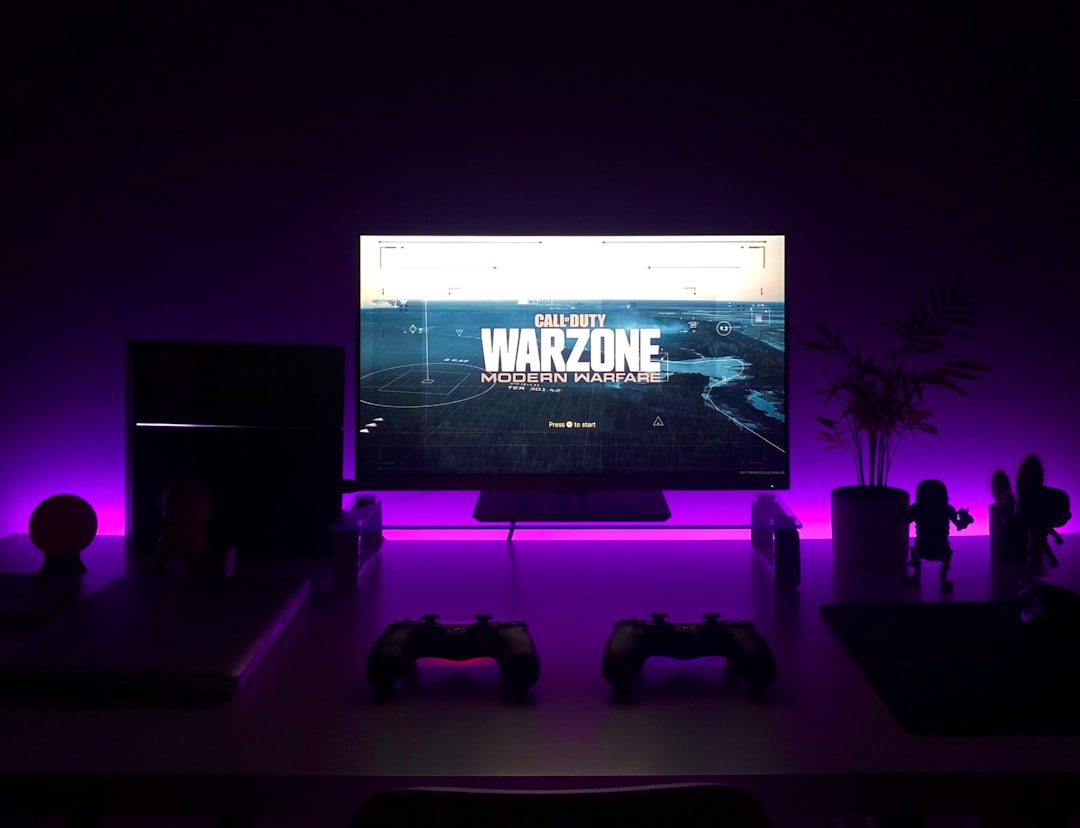In the fast-paced game of hockey, there are several rules that help maintain fairness and flow. One of these essential rules is icing, which prevents teams from simply dumping the puck to waste time or gain an unfair advantage. Understanding what icing is, how it works, and what happens when it is called is essential for players and fans alike.
What Is Icing in Hockey?
Icing occurs when a player shoots the puck from their own side of the center red line across the opponent’s goal line without it touching another player. This rule is designed to prevent teams from simply clearing the puck all the way down the ice to relieve pressure without any effort at an actual play.
However, icing is not always automatically enforced. There are certain situations where the icing call can be waived or modified based on the flow of the game. Understanding these exceptions is important for a complete grasp of this rule.

Types of Icing
There are a few variations of the icing rule depending on the league and level of play. Below are the main types:
- Touch Icing: In some leagues, such as international play, the defending team must touch the puck first after an icing call for it to be enforced.
- No-Touch (Automatic) Icing: Many leagues, including recreational hockey, use automatic icing, where the whistle blows as soon as the puck crosses the goal line, regardless of who reaches the puck first.
- Hybrid Icing: The NHL uses hybrid icing, which is a middle ground between touch and automatic icing. In this case, referees decide if an attacking player had a realistic chance to reach the puck before an opponent, potentially waving off the icing call.
When Is Icing Waived Off?
In some cases, an icing call may be waved off by the referee. Here are some common scenarios where this happens:
- During a penalty kill: A team that is short-handed (playing with fewer players due to a penalty) is allowed to ice the puck without receiving a penalty.
- If the puck is touched: If an opposing player touches the puck before it crosses the goal line, icing is waved off.
- When a referee determines it was playable: If the referee believes the opposing team had an opportunity to play the puck but chose not to, the icing may not be enforced.

What Happens After an Icing Call?
When an icing call is made, play is stopped, and a faceoff takes place in the defending team’s zone. Importantly, in most leagues, the team that committed icing cannot make a line change before the faceoff. This means tired players have to remain on the ice, while the attacking team can bring on fresh players, creating a disadvantage for the offending team.
Why Is the Icing Rule Important?
The icing rule plays a key role in maintaining the flow and fairness of the game. Without this rule, teams could easily slow down the action by constantly shooting the puck to the other end of the rink. Here are some of the main reasons why icing is enforced:
- Prevents time-wasting: Without icing, teams with a lead could simply clear the puck every few seconds to waste time.
- Encourages skillful play: Teams must carry or pass the puck strategically rather than relying on simple clearances.
- Creates offensive opportunities: The restriction on line changes after an icing call can result in scoring chances for the attacking team.
How to Avoid Icing
For players, knowing how to avoid icing is essential for keeping possession and maintaining the flow of the game. Some common strategies include:
- Making accurate passes: By ensuring passes reach a teammate before crossing the goal line, players can avoid icing.
- Carrying the puck past the center line: Once a player moves the puck past the center red line, they can legally shoot it deep.
- Using board bounces: Smart players use the boards to angle passes and clears so they won’t result in icing.

Conclusion
Icing in hockey is a fundamental rule that keeps the game fair, fast, and exciting. Understanding what it is, when it applies, and how it impacts play can help fans appreciate the strategy behind clearing and passing the puck. The next time you watch a game, pay attention to how teams manage icing situations—those small details can make a huge difference in a team’s success!
